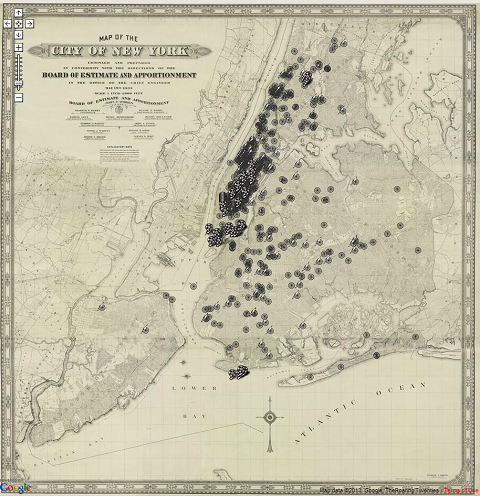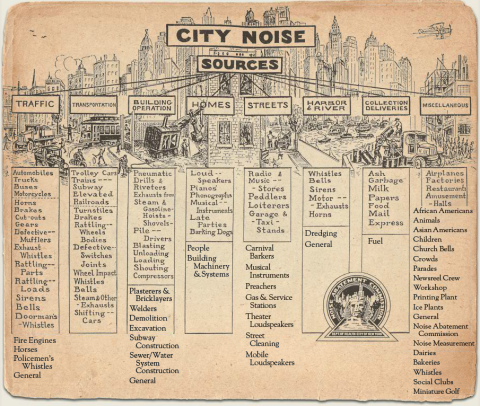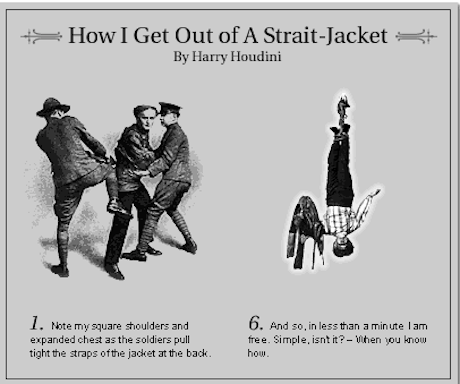
Awkward as it feels to receive Christmas cards from people we don’t really know, who among us would turn one down from the one and only John Waters? Then again, the director of such landmarks in deliberately taste-free cinema as Pink Flamingos and Female Trouble would presumably delight in injecting a little aesthetic discomfort into our holiday routines. Waters, according to a New York Times Q&A about his taking on the road “A John Waters Christmas,” his “staged monologue about all things merry and dark,” has made and sent out his own inimitable Christmas cards for almost fifty years. “I started doing it in high school in 1964,” he explains. “I send out over 2,000 cards by now. Basically, I’m channeling Pia Zadora, who used to send out the best pricey holiday-related object to help spread her name and make it last all year.” His 2006 card above bears a genuine mugshot from the police department of Waters’ beloved Baltimore; other images have included a dramatic 1940s scene of Christmas ruined by a criminal Santa, indie-film acting icon Steve Buscemi made up convincingly as Waters, and Elizabeth Taylor shaven-headed after brain surgery. One year, he even attached a tree ornament containing a dead cockroach.

“Being a traditionalist, I’m a rabid sucker for Christmas,” Waters explains in his essay “Why I Love Christmas.” “November 1 kicks off the jubilee of consumerism, and I’m so riddled with the holidays season that the mere mention of a stocking stuffer sexually arouses me.” Preholiday activities he considers “the foreplay of Christmas,” and naturally, “Christmas cards are your first duty and you must send one (with a personal, handwritten message) to every single person you ever met, no matter how briefly.” And of course, “you must make your own cards by hand. ‘I don’t have time’ you may whine, but since the whole purpose of life is Christmas, you’d better make time, buster.” Waters has also assembled his very own Christmas album, featuring a variety of holiday songs performed by Tiny Tim, Stormy Weather, and even Alvin and the Chipmunks. The selection below, “First Snowfall” by the Coctails, uses the classically kitschy singing saw as a lead:
You may well hear it again if you happen to attend Waters’ own annual Christmas party in Baltimore, a tradition he’s kept up for nearly as long as he’s sent out the cards. “Everyone comes, from the mayor to Pat Sajak to a judge and a well-known criminal I helped get out of jail,” as he describes it to the Times.” There’s a bar on every floor of the house and a buffet table where you’ll see the guy that played the singing anus in Pink Flamingos standing next to the governor.” Forget the cards; I need an invitation.
Related Content:
An Anti, Anti-Smoking Announcement from John Waters
John Waters: The Point of Contemporary Art
Colin Marshall hosts and produces Notebook on Cities and Culture and writes essays on cities, Asia, film, literature, and aesthetics. He’s at work on a book about Los Angeles, A Los Angeles Primer. Follow him on Twitter at @colinmarshall or on his brand new Facebook page.





